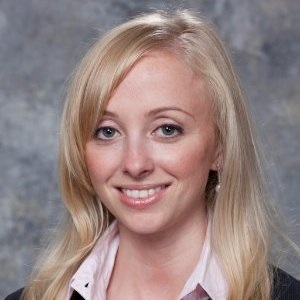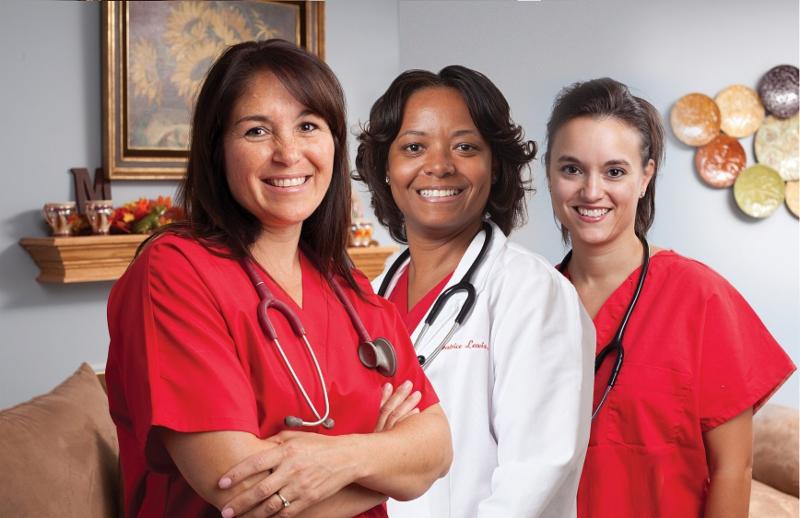Motivation: It All Starts with a Need - Part 2
The Future of Healthcare Depends on Who You Ask - How to Succeed in Healthcare - Part 2
|
Have an article to contribute or words of wisdom for the Philosopher's Corner?
|

|
Click here
to learn more about One Exchange and Towers Watson.
|

Click here to learn more about Bristol-Myers Squibb.
|
|
|

We're providing another eclectic issue to add to your summer reading list! This edition will keep you up-to-date across the healthcare spectrum as a warm-up to the annual Alumni Healthcare Conference, which will be held in Philadelphia on October 21. Registration is now
open.
Please be sure to complete the 2016 WHCMAA member
/pros-pective member survey. Our goal is to identify opportunities to further increase the value of membership and enhance the member experience. Your opinions matter, so let us know what you think!
Hope to see you in October!
Z. Colette Edwards, WG'84, MD'85
Managing Editor
To learn more about Colette,
click here.
|
 The President's Desk
|

The Career Development Committee of the Wharton Health Care Management Alumni Association (WHCMAA) has been hard at work reconceiving and re-launching our career development program.
The goal of the career development program is to enhance the life-long value of your Wharton degree by connecting WHCMAA members at every phase of their career from first jobs through retirement, providing network navigation, coaching/mentoring, community building and life-long learning.
In coordination with Wharton's MBA Alumni Career Services, we have identified excellent programs under each of these areas that will be provided to our members.
Read more.
|
 The Philosopher's Corner
The Philosopher's Corner
|

This eclectic standing column features insightful musings, words of wisdom, life lessons, and stepping stones to business success. This month's philosopher is Marina Tarasova, WG'10, head of Medical Business Development for Capsule, a next-generation pharmacy combining care and technology to create the best pharmacy experience.
Read more
.
We'd love to hear from you and invite you to click here to participate in future editions. Column Editor: Z. Colette Edwards, WG'84, MD'85.
|

In this two-part series, we will explore what compels a person to behave or act, the why. Then we will explore what influences, predicts, and drives behavior in our discovery of motivation. Finally, we'll move to explaining the how, through approaches that influence sustained behavior versus tactics that are likely short-lived. Ultimately, we will demonstrate why efforts to motivate action, affect performance, and impact health outcomes must put the individual in the driver's seat and tailor around their unique needs. As we look at what it takes for a program to create a lasting change, we'll consider if innovative technology approaches can truly make an impact and inspire positive health behaviors.
Read more.
|
|
|
Cyber insurance is not a cure-all for all problems resulting from a data breach. It shouldn't be the only thing a company has to protect against data breaches, but rather should be part of a cyber incident protection repertoire that should also include creating an appropriate incident response plan, utilizing extensive encryption, involving your company's business continuity management and board, defining CISO leadership, and properly training employees. Find out the steps you should take to optimize your protection.
Read more
.
|
|
|

Education to promote interprofessional collaboration is a powerful strategy for ensuring the sustainability of patient-centered interventions and outcomes. This was a primary finding in a recent report we authored in partnership with the Robert Wood Johnson Foundation entitled Lessons from the Field: Promising Practices in Interprofessional Collaboration. Having everyone on a care team understand their own role AND the role that other members play is fundamental, yet this basic principle is often not achieved. As we learned in the example above, while the need for integration across disciplines is becoming more broadly accepted, ceding discipline-specific ownership of education constitutes an identity risk. The future of any profession is determined in part by how its workforce is educated today, but how can academic medical centers and health systems reinforce the role and value of each profession, in the context of the other professions with which they will ultimately work?
Read more
.
|
|
|
Ethics is best thought of not as a set of judgments, but a set of practices. These practices are, ideally, habits that guide and govern professional lives and everyday activities. The increased efforts to develop interprofessional teams present decidedly demanding ethical challenges. But these newly evolving interprofessional teams present us with a "disciplinary multi-culturalism," if you will, unlike anything we have known so far. To the point that we might sometimes want to say "multi-professional," rather than "interprofessional." What I want to focus on are the ethical challenges involved in the deepening realization that each profession has its own culture, its own practices, and, to this degree, its own "ethic."
Read more
.
|

|

Contributors:
One of the greatest challenges for countries around the world is the aging of their populations. In the United States, baby boomers are rapidly enrolling in Medicare, and the ratio of workers per retiree is dropping. Pressure to reduce total healthcare costs will only become more intense. Additionally, patient expectations for convenience, quality, and customer service are changing, and people increasingly prefer to age-in-place rather than spend time in nursing homes or hospitals.
We believe these trends - an aging population, the need to do more with less, and demand for community-based care - present a fantastic opportunity for home health care. In this last of a three-part series, we describe the major strategic initiatives that will ensure BAYADA's people are empowered well into the future to help patients live a safe life at home.
Read more
.
|
|

|

In
Part 1, I made the case that care management systems are the next major healthcare product. A new generation of care management systems is evolving driven by patient-centric and value-based healthcare models. These new generation care management systems include patients in the management of care, enable the entire care team to track patient health and collaborate, and engage patients outside the healthcare facility, not just inside. In
Part 1, I also shared my thoughts on the 5 attributes of a robust care management system. In this article, I share my point-of-view on the 10 capabilities of a robust care management system.
Read more
.
|

 Doing Well by Doing Good: For-Profit Companies Delivering High-Quality Care to Populations in Need
|
Numerous for-profit healthcare companies combine the provision of an important and high-quality product or service for individuals in need with the execution of a business model yielding returns for owners, employees, and financial investors. Many such companies have shown sustained success while also creating opportunities for further growth and value creation. These companies are "Doing Well by Doing Good," and we will take the opportunity to highlight their efforts in this and future editions of the Wharton Healthcare Quarterly.
In this issue, we highlight ReMed, a provider of post-acute brain injury rehabilitation services, based in Paoli, PA.
Read more
.
 The Future of Healthcare Depends on Who You Ask - How to Succeed in Healthcare - Part 1
|

Committing to excellence means more than simply improving service; it means moving your entire organization towards the vision of a better healthcare system. The mission and vision of your organization is the 'why,' it is the reason we do what we do as healthcare providers. I propose that in the current system we are not paying enough attention to the 'why,' and the future of healthcare is at risk if we continue to focus on the 'what' and the 'who.' What is this 'why,' 'what,' and 'who' business?
Read more.
Back to Top
|
Disclaimer: The opinions expressed within are those of the authors and editors of the articles and do not necessarily reflect the views, opinions, positions or strategies of the Wharton School and/or the University of Pennsylvania, and/or their respective organizations. Publication in this e-magazine should not be considered an endorsement. The
Wharton Healthcare Quarterly e-magazine and WHCMAA make no representations as to accuracy, completeness, currentness, suitability, or validity of any information in this e-magazine and will not be liable for any errors, omissions, or delays in this information or any losses, injuries, or damages arising from its display or use.
|
|
|
|
|
|